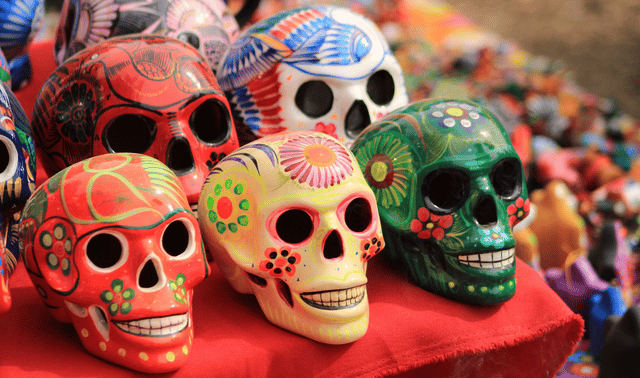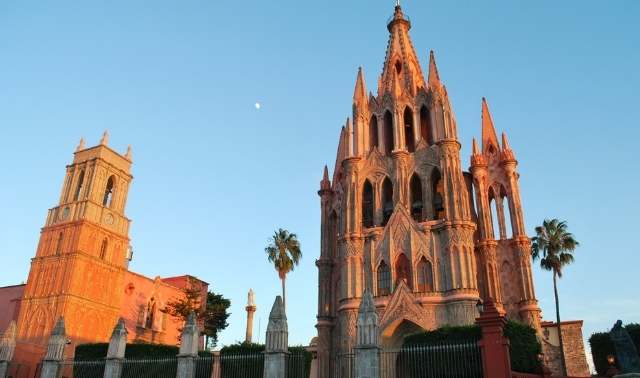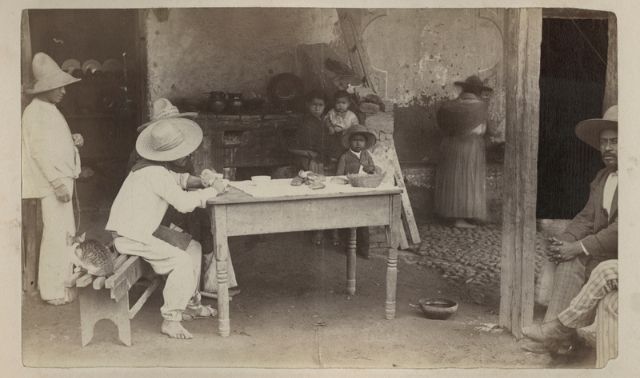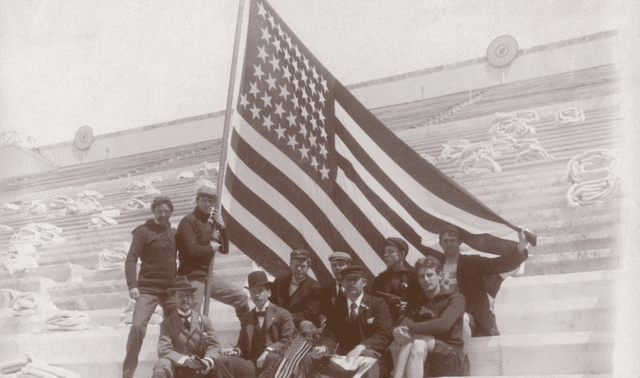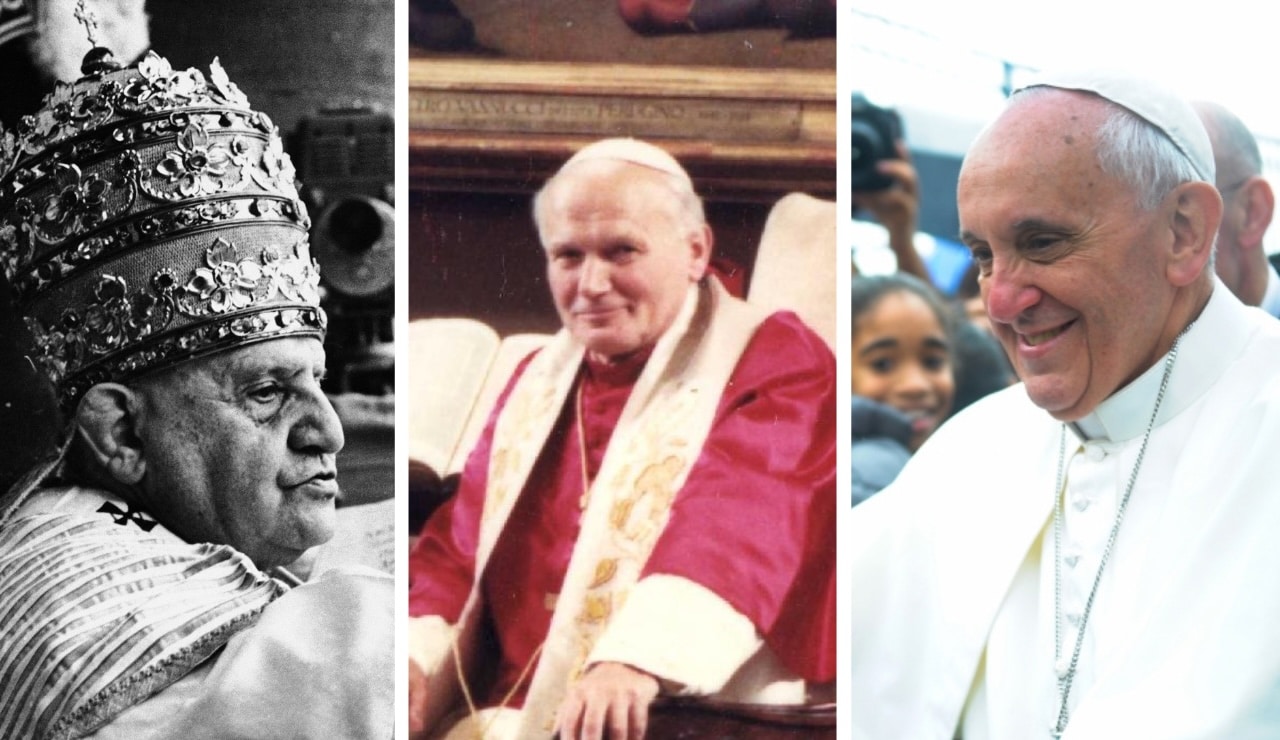Sign up for the Family Tree Newsletter! Plus, you’ll receive our 10 Essential Genealogy Research Forms PDF as a special thank you.
Get Your Free Genealogy Forms
"*" indicates required fields
The Mexican holiday of Día de los Muertos, or the Day of the Dead, is celebrated on the first and second day of November in tandem with the Catholic holidays of All Saints’ Day and All Souls Day.
While the holiday of Día de los Muertos is rooted in Catholic tradition, the indigenous people of central and southern Mexico have adapted these traditions to include ancient Aztec beliefs of honoring their deceased loved ones. The holidays celebrate the belief that the gates of heaven are opened on these dates to allow deceased loved ones to return and spend the day with their families. At midnight on October 31, and the spirits of all deceased children, known as angelitos, are allowed to reunite with their families for 24 hours. On this same day, small skulls are often placed on the offrenda (altar), representing the children who have passed. The following day, November 2nd, larger and more detailed skulls replace the smaller ones, representing the deceased adults who now come down to enjoy the festivities that are prepared for them.
In addition to being placed on altars, sugar skulls are often used to decorate the gravestones of the deceased. Their name comes from the clay molded sugar that authentic sugar skulls are made from, before being decorated with feathers, colored beads, foils and icing. The skulls are very bright and cheerful, meant to celebrate the lives of the deceased. Often the name of the passed loved one is written on the skull’s forehead before being placed on the altar, and it is then accompanied by marigolds, candles, and sometimes food and drinks, in order to help guide them back to earth.
Sugar skulls can be made by anyone and are a wonderful addition to any Day of the Dead celebration. They make a great craft project, too, especially if you’re looking for a way to involve children in the festivities.

